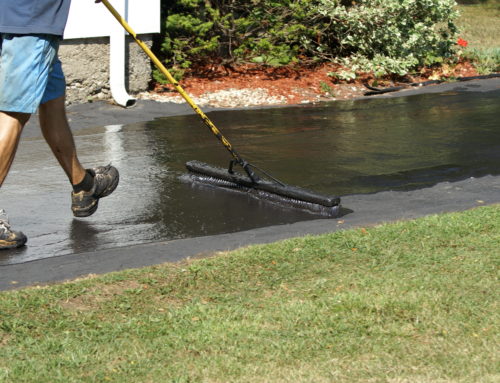Schools across the country are back in full swing and in that spirit we here at the Sunrise Asphalt blog are going to take you to class! About a year ago, we gave a basic history of asphalt. Now we’re going to give a primer on roads, from the early roads of man through the Roman roads including the earliest examples of tar-paving into industrial engineered marvel of the modern era.
Early roads were game trails cleared of large rocks and vegetation for the use of pack animals and the first vehicles of man, such as travois and basic sleds. Not quite the roads we think of today, but for the time they were the designated ways in which anything of substance was transported and opened up the burgeoning human societies allowing trade. Dedicated roadways lead to the flourishing of civilization!
With the advent of the wheel came wheeled transport, necessitating better roads. Speaking generally, the natural formations of roads would not be strong enough to withstand heavy wheeled loads, and that’s without rain and any other adverse conditions that would arise. The first instances of street paving are believed to be in the first settlements of the Indus Valley Civilization. That was six thousand years ago! Roads built using foundations of logs laid under a path of gravel were made in England to combat the most malleable conditions of the terrain, while the Indus Valley Civilization previously mentioned used bricks for paving.
In 500 B.C.E. Persia saw a massive road system built including the Roval Road, a road so fine in quality it allowed mounted mail couriers the ability to travel 1,677 miles i seven days.
Next time we will discuss the famous roads of the Romans and later the most modern methods by which roads have crisscrossed the globe and allowed for the connectivity of mankind.



